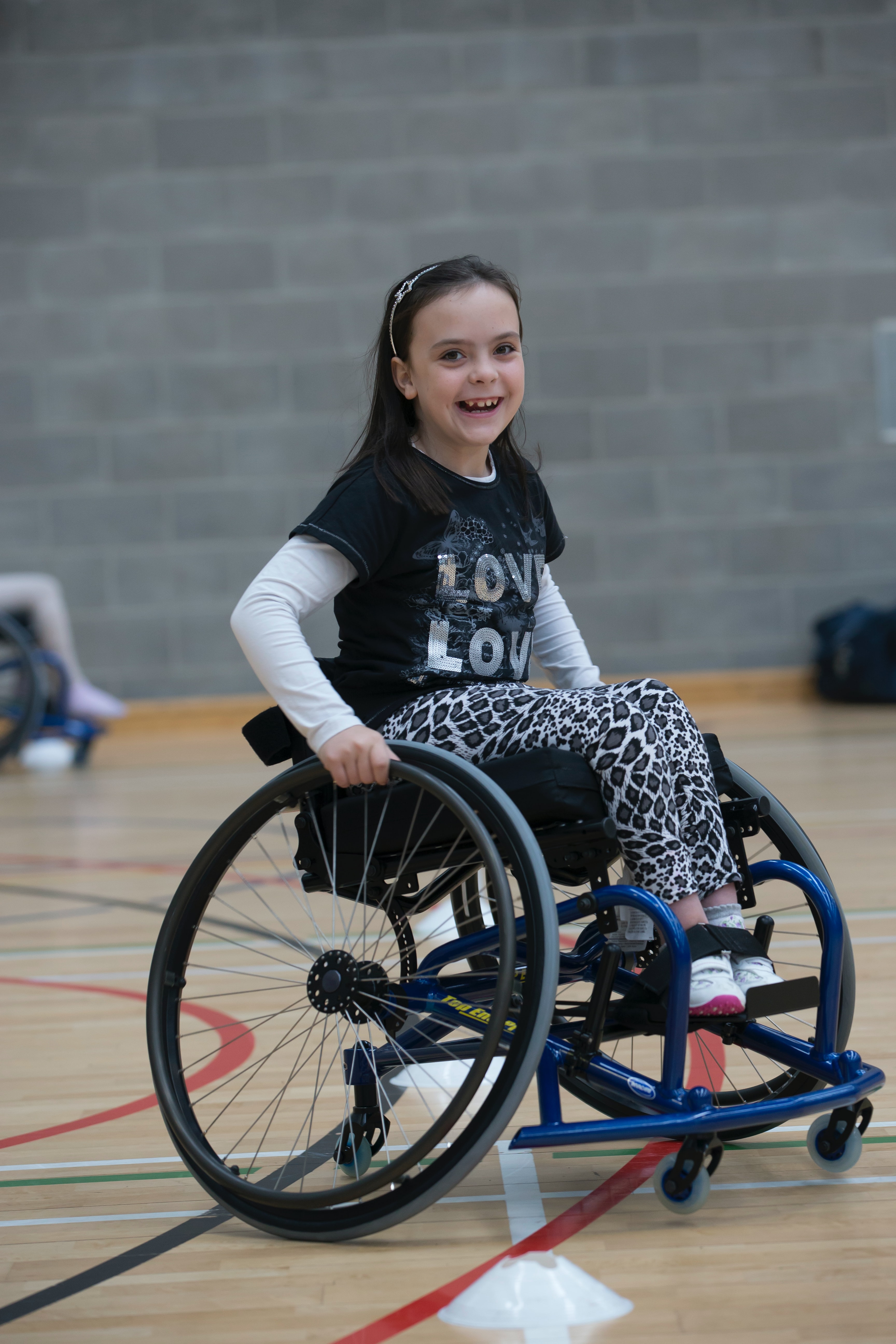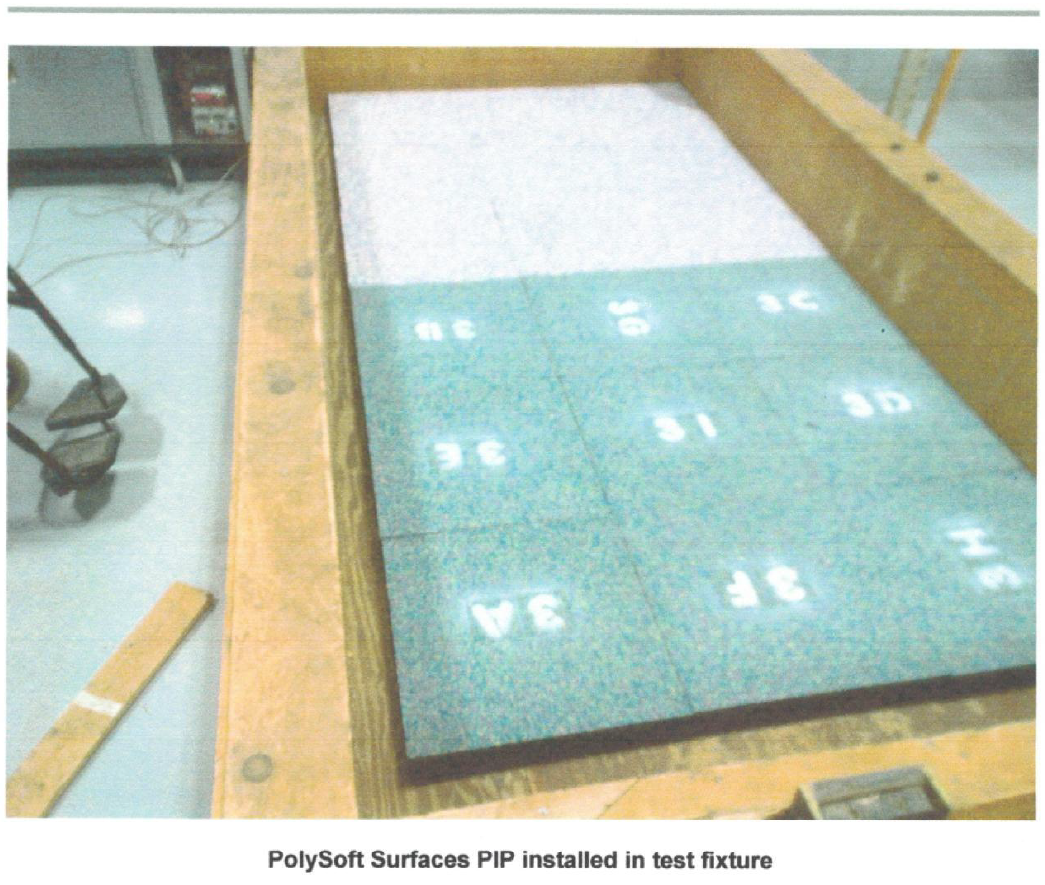Blog
Accessibility of Polysoft absorbent flooring in playgrounds, water parks, exercise areas and leisure spaces

Inclusive spaces provide the opportunity for everyone to play together and should be accessible to people of different ages and abilities to encourage them to interact with each other. Play is one of the most important ways that children stay active, learn, explore, develop their creativity, make new friends, and develop their own abilities and well-being.
Accessibility is the possibility of being able to move, approach and travel between the different spaces of an environment. In the case of playgrounds, water parks and fitness spaces, the floorings are mainly designed to reduce the severity and risks of falls according to specific regulations such as EN 1777, but they also have recreational, aesthetic, and easy access functions.
Not all flooring materials are suitable for use by people using wheelchairs, mobility aids or prams.
Today's post exposes how the accessibility properties of the Polysoft system have been tested and based on what methods and standards.
One of the most widely used standards to certify the accessibility of a safety flooring is ASTM F1951-14 – Standard Specification for determination of accessibility of Surface Systems Under and Around Playground Equipment.
The test sequence to certify it is as follows:

To carry out this sequence of Polysoft system tests, 18 square tiles measuring 3in (thickness) and 18x18in were prepared, which the test laboratory installed on a test fixture shown in the image below:
The sample is tested by propelling a wheelchair with four equal strokes per trial for 8 seconds. The process is repeated 5 times for each trial.
The material or system meets the standard if the average force used for this propulsion on the surface under test is less than the average force for propulsion on hard flooring with a 7.1% slope. During the test, the weight of the user + chair combination obviously remains the same.
You can get this test report or any additional information about Polysoft products or get product samples at: info@polysoft.com.au
View More Blog
-
What Are The Top 7 Benefits Of Using Soft-Fall Playground Flooring
-
Top 5 Types Of Slip-Resistant Flooring That You Need Today
-
Why Is Uv-Resistant Soft Flooring A Must-Have For The Outdoors
-
How To Cool Urban Heat Islands: Surface Choices Make A Difference
-
Global warming and the safety surfacing of Outdoor Playground, Fitness areas and Waterparks
-
The flooring of a Savannah Splash Zoo
-
The lifespan of safety flooring systems and how Polysoft test it
-
Measuring slip resistance of a flooring system on dry and wet. The Polysoft choice and results
-
The colours on the flooring and fashion.

